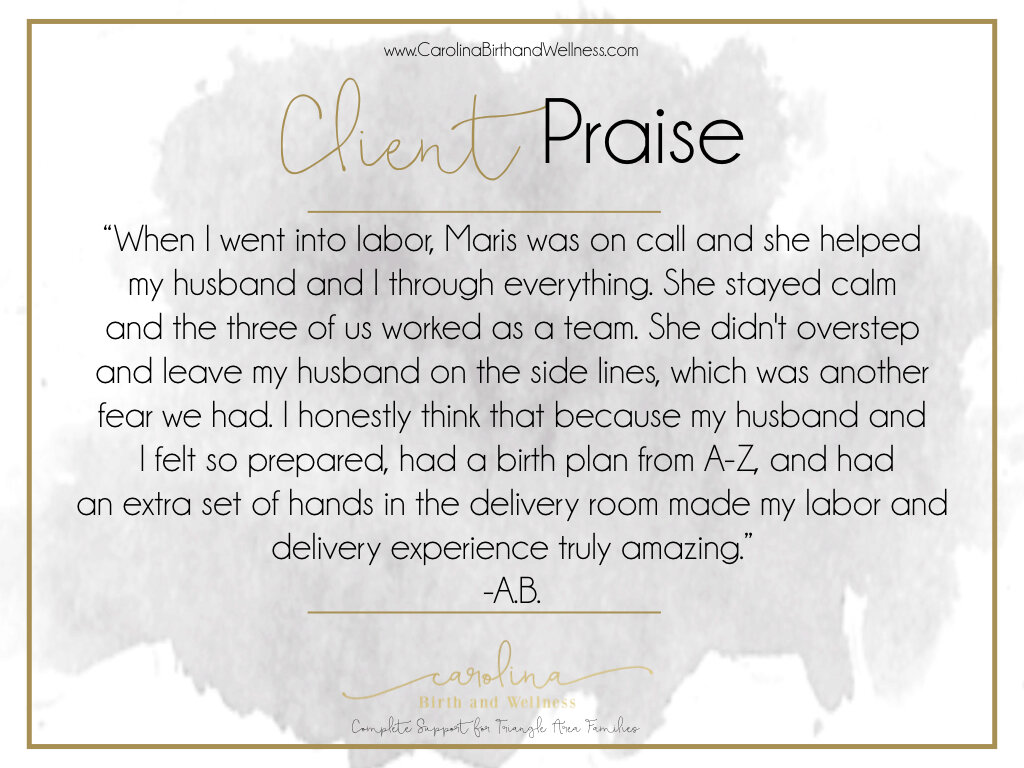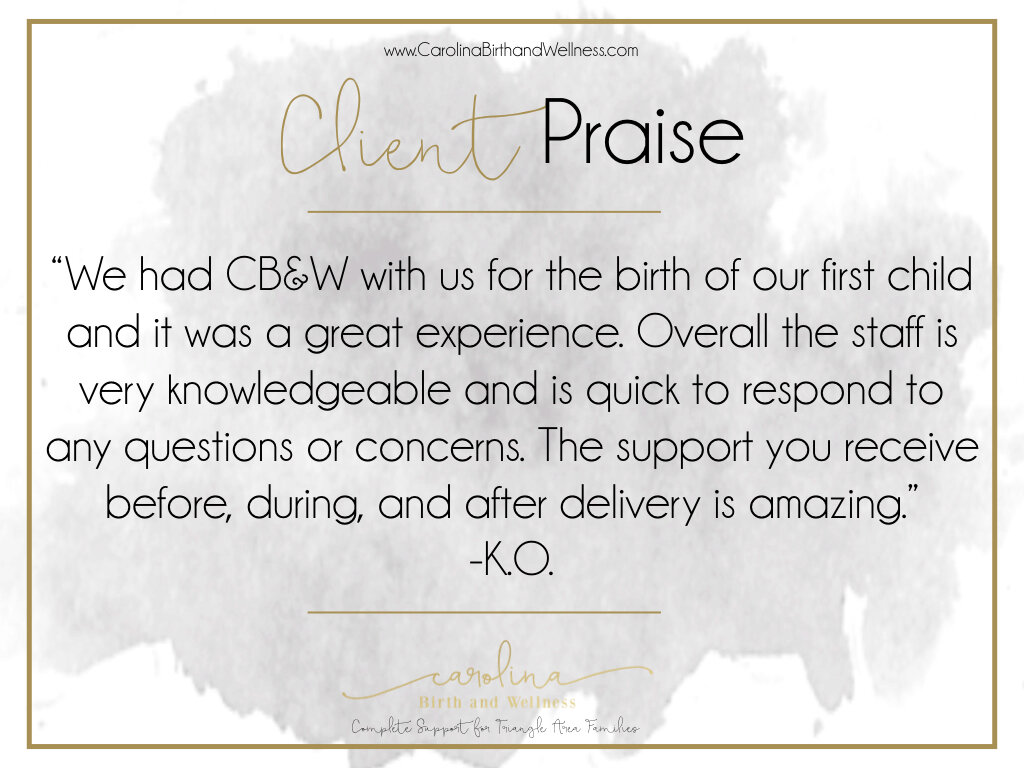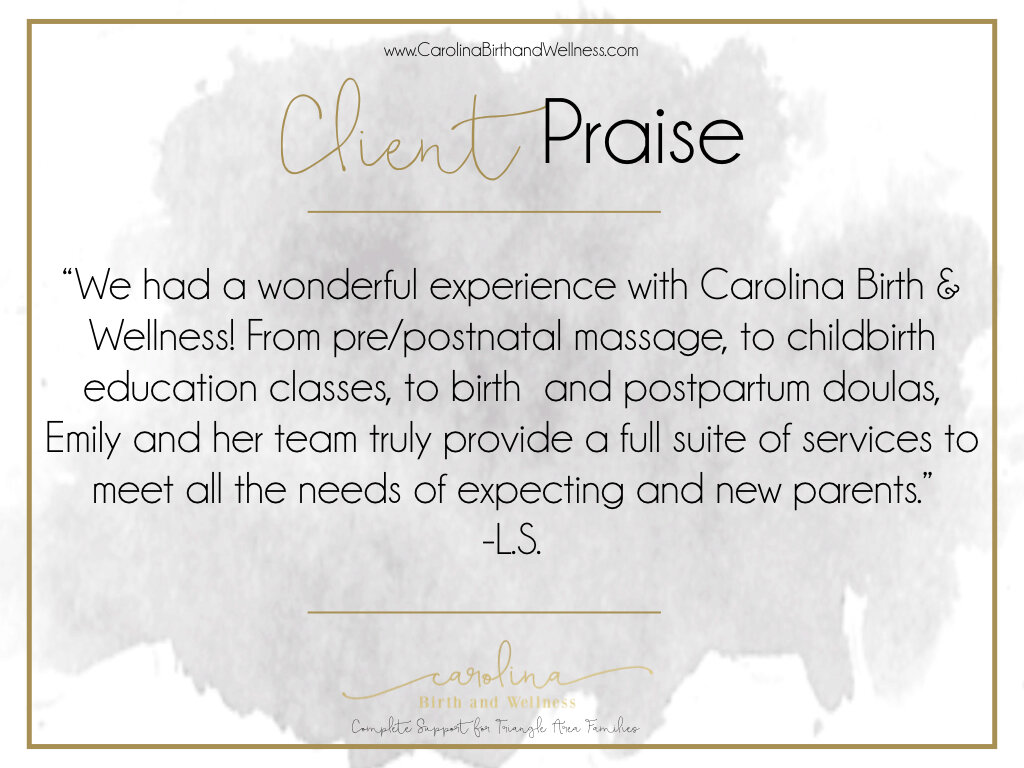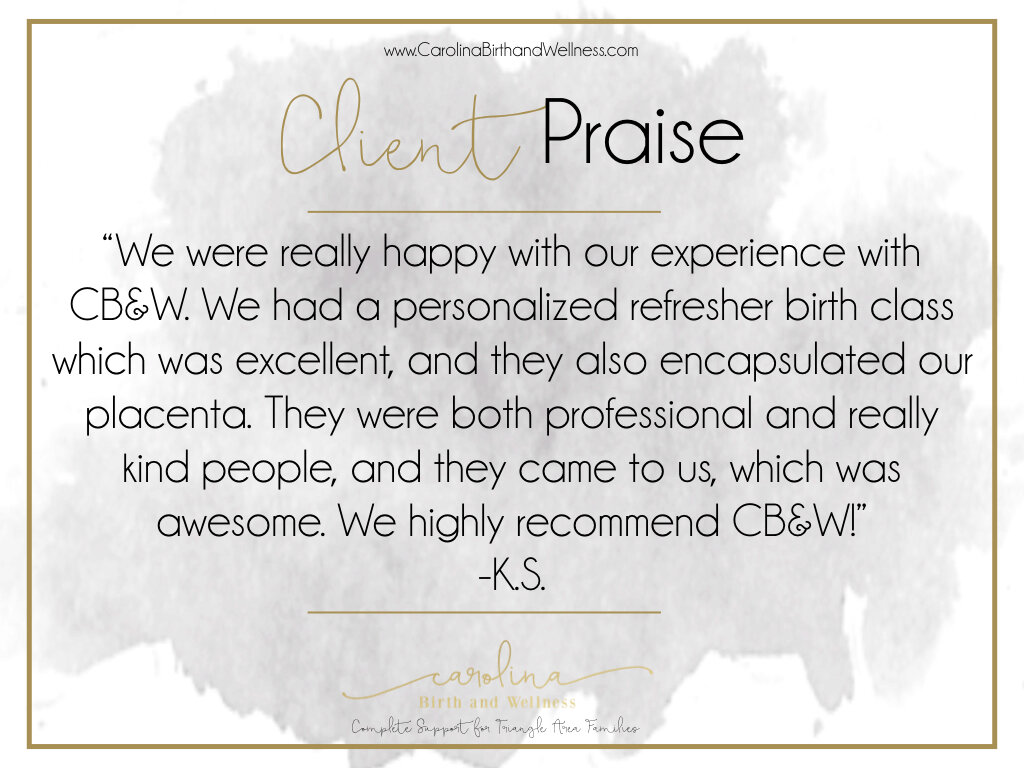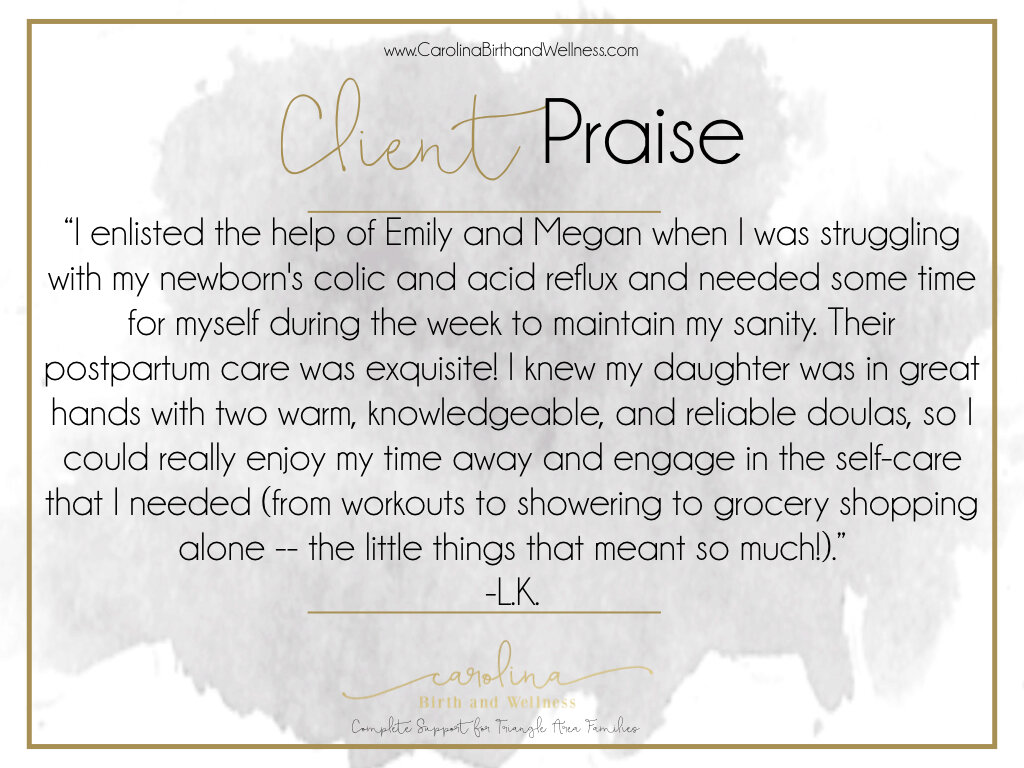In our Childbirth Education small group classes, we like to empower families with toolkits for coping through labor and delivery.
Whatever your goals for birth, we aim for parents to understand how to manage the discomfort of contractions physically, mentally, and emotionally at every stage of labor, from the start of cramps through the process of pushing. We walk through ideas for engaging all your senses and common tips for what to have on hand to help. Additionally, we discuss the many options for pushing positions and how to facilitate a conversation with your provider regarding your wishes for pushing. However, we know it’s all about getting some hands-on practice; our favorite part of our class is breaking out for stations so birthing parents and their support person can actually try out different positions, movements, and massage techniques one-on-one!
At our movement station, we practice hip-opening positions that can help facilitate a faster, more comfortable labor. Studies show that unrestricted physical activity can actually shorten the labor process by hours! For troubleshooting back labor, we have parents practice forward-leaning positioning and some moves that can help bring baby from a posterior position to a better alignment for helping labor progress effectively. Our birth ball station features both an exercise ball and a peanut ball, which birthing locations will have on hand but parents might not have at home. Support persons also learn counterpressure massage at our fourth and final station during our practice period.
We believe that the key to coping through labor is never reaching a point of suffering; there is a line between uncomfortable and unbearable. Accordingly, we round out our discussion on comfort measures with an overview on medical pain relief options – the benefits, considerations, timing, and side effects of nitrous oxide, IV pain medications, and epidural anesthesia. We encourage birth parents to discuss their management plan with their care teams, as well as what it might look like if you hit a wall with coping during labor and how you’d want to facilitate any pivots in your birth preferences.
Of our 3.5-hour class, our comfort measures segment follows our deep dive into the labor process, and we follow our hands-on practice with the development of a birth plan! Register now to join us at our next monthly class!


